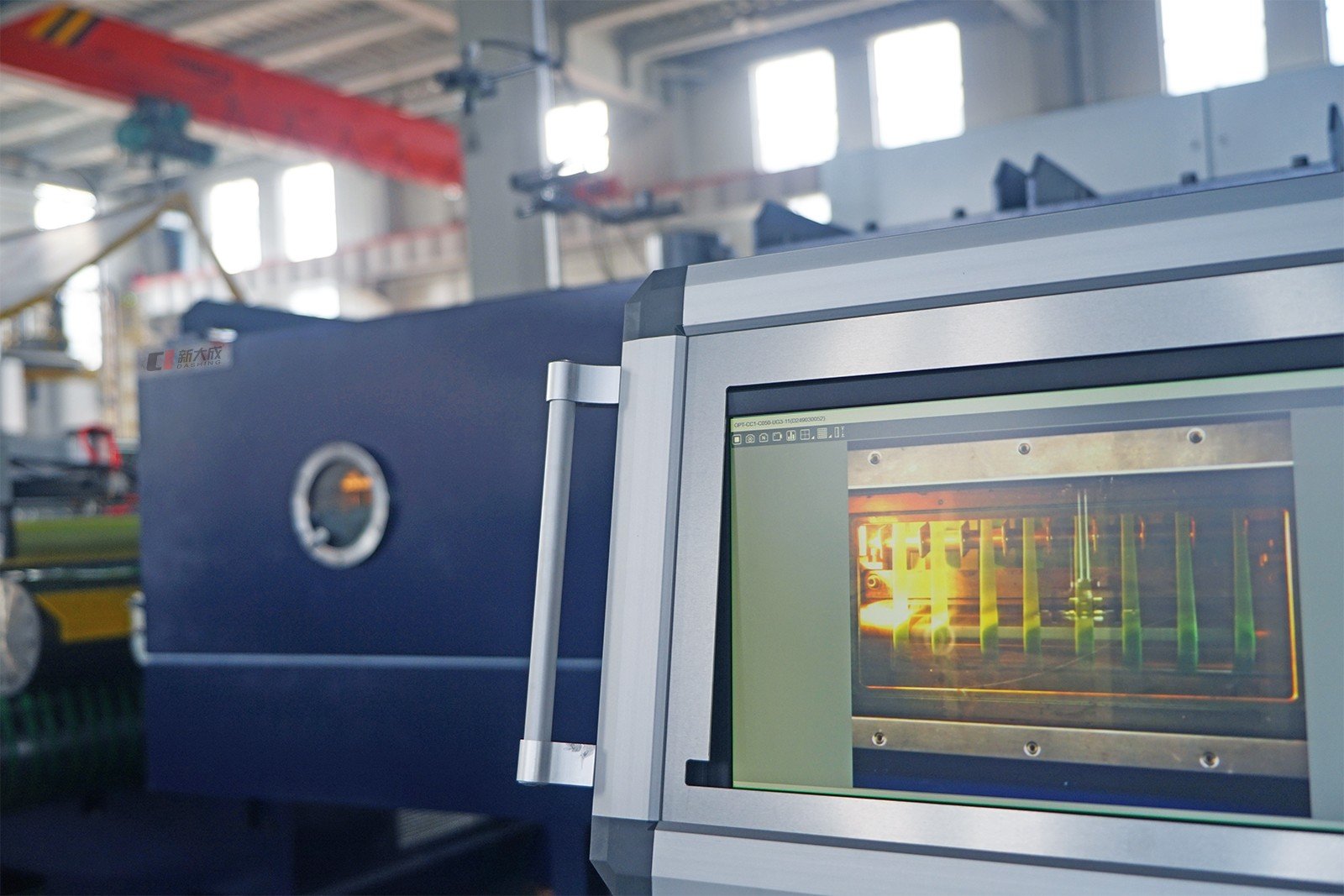Common problem
PET Strap Extrusion Line: How It Boosts Factory Efficiency
In today's competitive industrial packaging market, PET strapping has become the material of choice due to its exceptional strength, light weight, and environmental benefits. As demand grows across sectors such as metals, chemicals, paper, and logistics, manufacturers are turning to advanced PET strap extrusion lines to enhance productivity, reduce waste, and improve operational flexibility. This article explores how modern PET extrusion technology—from high-capacity heavy models to economical eco-lines delivers measurable gains in factory performance.
How PET Strap Extrusion Lines Drive Factory Efficiency
1. High-Volume Output for Scalable Production
Heavy-duty PET strap extrusion lines are designed for mass production, capable of outputting 800–900 kg/h using a Φ150 mm extruder with support for 1–12 straps running simultaneously. Even mid-range and eco-models deliver substantial yields—200–600 kg/h—enabling factories to eliminate bottlenecks and meet large-order demands without investing in redundant machinery.
2. Support for Recycled Materials Cuts Costs and Boosts Sustainability
A major efficiency advantage is the ability to process 100% recycled PET materials. Advanced crystallizing, drying, and extrusion systems ensure consistent quality and strap integrity, reducing raw material costs by up to 40% while supporting environmental goals and compliance.

3. Automation Reduces Downtime and Ensures Quality
Continuous Screen Changers: Automatically filter impurities without stopping production, eliminating defects and manual interventions.
Servo-Controlled Winders: Precisely manage tension and winding patterns, producing uniform straps ready for automated packaging systems.
Temperature and Speed Regulation: Maintain optimal stretching and embossing conditions, reducing scrap rates to as low as 2–3%.
4. Flexibility Across Products and Materials
Extrusion lines quickly adapt to produce straps from 9–32 mm in width, support both PET and PP, and allow fast changeover between materials and specifications. Customizable embossing and winding configurations enable factories to serve diverse industries—from heavy industrial to consumer packaging—without re-tooling.
Heavy Model vs. Eco-Model: Specifications at a Glance
| Parameter | Heavy Model | Eco-Model |
|---|---|---|
| Material Compatibility | Virgin/Recycled PET | Virgin/Recycled PET |
| Strap Width | 9–32 mm | 9–32mm |
| Production Capacity | Up to 900 kg/h | Up to 200 kg/h |
| Strap Quantity per Run | 2–12 straps (optional) | 1-2 (optional) |
| Winder Type | Servo Control (Single/Double Station) | Torque Motor Control (Servo Optional) |
Core Technologies Behind High Efficiency
Specialized Extrusion Screws: Single or twin-screw designs ensure homogeneous melting and reduced energy consumption.
Energy-Efficient Ovens: Insulated stretching units minimize heat loss and stabilize temperature for consistent output.
Eco-Model Affordability: Provides a competitive entry point for small and medium manufacturers, delivering reliable output with lower initial investment.
Tailored for Industry Needs
Heavy Model: Ideal for large factories in steel, lumber, or bulk packaging requiring high throughput and multi-strap capability.
Eco-Model: Suited for small-batch producers, startups, or facilities focusing on custom and specialty straps.

Conclusion
Investing in a PET strap extrusion line is a strategic decision that enhances factory efficiency through higher output, reduced material costs, advanced automation, and exceptional production flexibility. Whether opting for a high-yield heavy model or a compact eco-line, manufacturers gain a sustainable competitive edge—turning strapping production into a streamlined, profit-driving operation.












